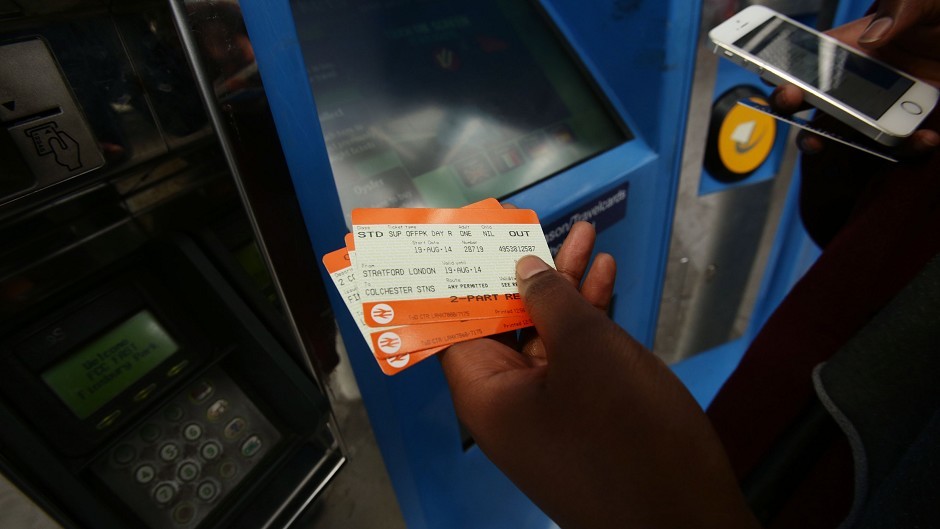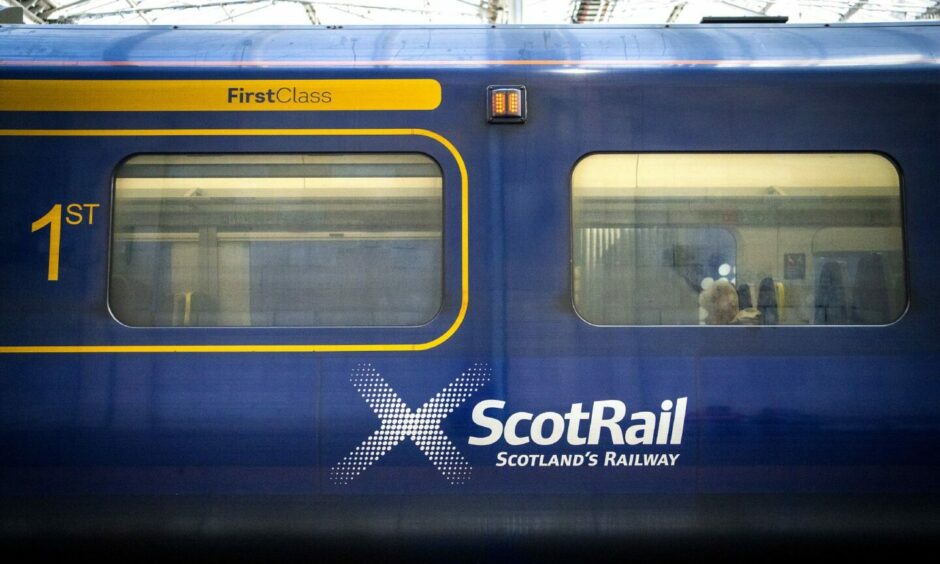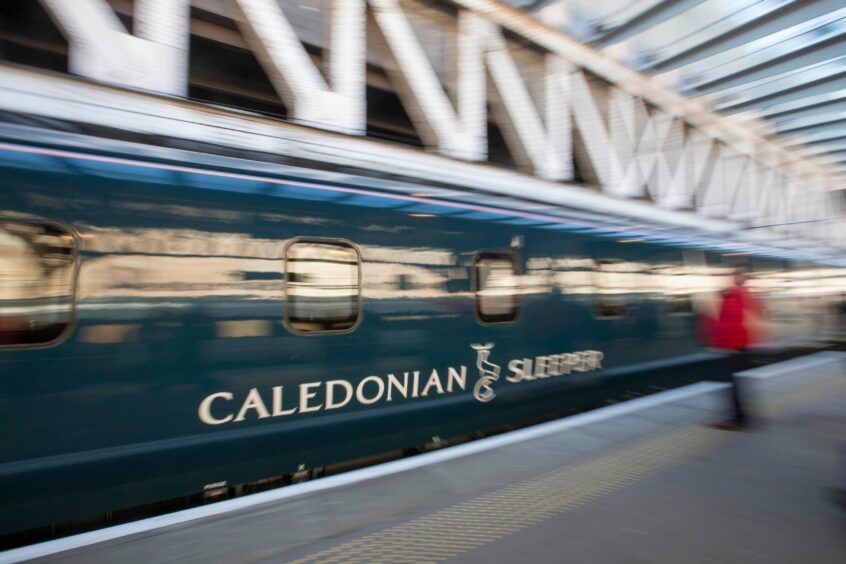Tickets on rail services across Scotland and on the Caledonian Sleeper would rise by an average of £13 if government subsidies were axed, a report has revealed.
On longer services, such as the sleeper service from the north and north-east to London, subsidies are as high as £164 per journey.
A report by regulator Office of Rail and Road (ORR) has revealed that the taxpayer covers half the cost of all rail fares.
This is in part due to lower numbers of train users as the industry struggles to return to pre-pandemic levels.
While recovery continues, the subsidy the government makes to operators has remained high.
£6.7billion net subsidy
In the year to March 2022, governments contributed £13.3 billion to the operational costs of the railway, a decrease of £4.3 billion (24.4%) from 2020/2021.
The net subsidy was £6.73 billion.
There continues to be a higher level of government financial support for train operators compared to before the pandemic.
Fares income in the UK increased to £5.8 billion, as passengers are returning to the
railways, this is 46.6% lower than before the pandemic.
While many think that rail fares are already too high – the figures show that without government support, it would mean £13 more on every journey.
An average ticket – across the whole of the UK – costs the passenger £5.84, rail operators then received government funding worth a further £6.82 to make up the cost of running the service.
If passengers had to meet the total cost of all the subsidies provided by the taxpayer to the industry, tickets would have to go up by an average of £13.49.
£164 subsidy on Caledonian Sleeper
On ScotRail, Transport for Wales and TransPennine Express, the three least commercially viable areas, the taxpayer has been paying a subsidy of more than £15 towards every journey.
This is calculated by a cost per mile operational cost to run the service and deducts the average ticket price and subsidy.
On average, government funding of the operational railway was 51.36p per passenger
mile in England, 91.8p per passenger mile in Scotland and 94.88p per
passenger mile in Wales.
The average franchised passenger fare per passenger mile in the latest year
was estimated to be 24p in England, 20.8p in Scotland and 22.4p in Wales.
The Sunday Times calculated that this meant the Caledonian Sleeper service, which runs from London to Aberdeen, Fort William and Inverness, would receive an average subsidy of £164 per person.
There were 986 million passengers, up by 155% on the previous year, and during Covid.
Passenger revenue increased by £4billion to £5.9billion up from the previous year.
Rail Partners, a trade group for train operators, said: “We know revenues are down and taxpayer funding up.
“Now is the time to push ahead with reform.”



Conversation